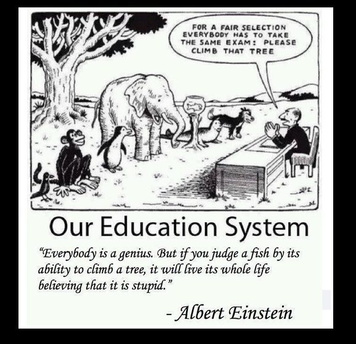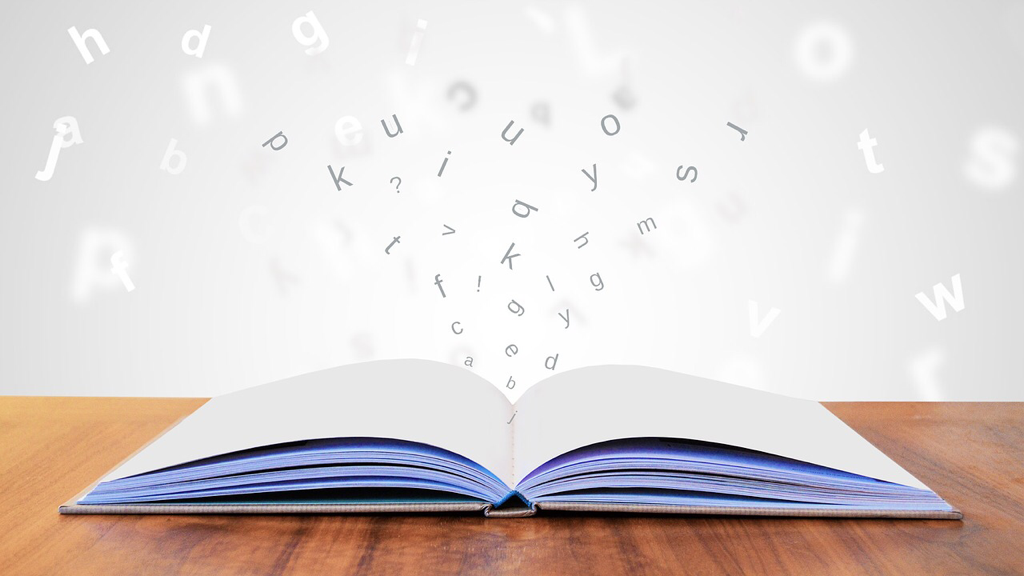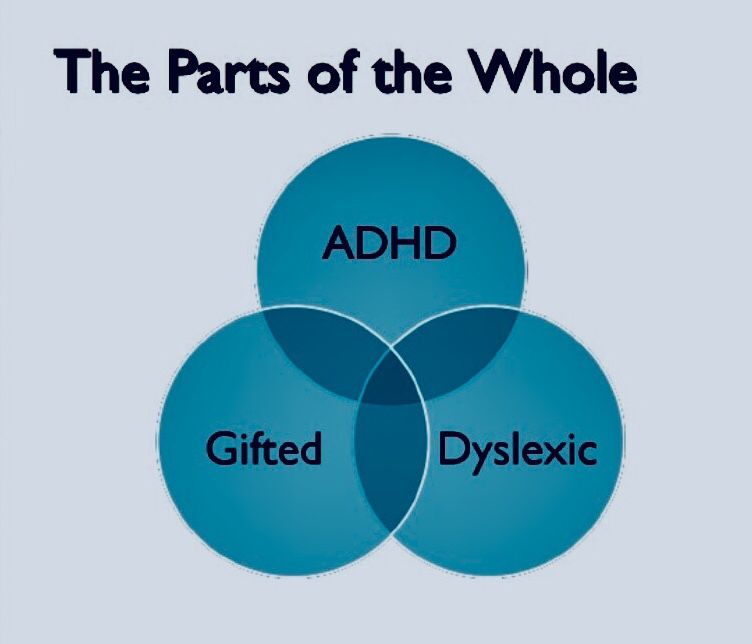Videos/Articles
-
Video: CISCO CEO & Dyslexia
-
Article: The Problem for Dyslexic Children in Traditional Classrooms

Dyslexic minds have incredible strengths, such as three-dimensional problem-solving, big picture thinking, and innovative pattern recognition. These traits are tremendous cognitive assets. They are the kind of thinking skills that enabled Walt Disney to add a whole new dimension to the movie making industry, that led Ted Turner to create a 24-hour news channel and revolutionize the way we consume news, that allowed Steve Jobs to transform our digital lives, and that gave Einstein the power to behold that E = mc^2. All these men are dyslexic— and gifted. Their brilliance was masked in their school years by a difficulty learning to read.
Their brains, that naturally see things in three dimensions, automatically picked up two dimensional letters and started spinning them around in their mind’s eye. Though an asset in most cases, this cognitive trait, when learning to read, is quite the opposite. Letters and words need to stay two dimensional and in the order they are given on the page. A dyslexic mind picks up letters and words and starts spinning them around. So, b becomes d becomes p becomes q, and the letters in the words get all out of order.
Unfortunately for dyslexics, non-dyslexic brains (about 85%of the population) tend to evolve the higher-order thinking skills, that dyslexics naturally have, later in their development. The mechanics of reading and spelling are a much simpler skill for them. So, it makes sense to teach the mechanics of language in the lower grade levels and then use it as a medium to convey more and more sophisticated levels of information as students mature.
For the dyslexic student, this order is a disaster. It means that at the earliest grade levels, the dyslexic child’s strengths are ignored and their difficulties highlighted, all day long in front of their peers. Often, their cognitive assets are never recognized because by the time those incredible thinking skills are required by the curriculum, years later, dyslexic students have already experienced enough failure and missed out on so much information that they may not have gotten in to the advanced level classes, for which those strengths are necessary.
-
Video: Sir Richard Branson: CEO of Virgin Enterprises Testimonial
“My teachers thought I was just lazy because back then; people didn’t understand as much about dyslexia as they do today. On one of my last days at school, the headmaster told me that I would either end up in prison or become a millionaire.”
-
Article: Dyslexia
Science has moved forward at a rapid pace so that we now possess the data to reliably define dyslexia … For the student, the knowledge that he is dyslexic is empowering … [It provides him] with self-understanding and self-awareness of what he has and what he needs to do in order to succeed.”
Sally Shaywitz, M.D., co-director of Yale Center for Dyslexia and Creativity
— Testimony to the Committee on Science, Space, and Technology, US House of Representatives “Dyslexia is a specific learning disability that is neurobiological in origin. It is characterized by difficulties with accurate and/or fluent word recognition and by poor spelling and decoding abilities. These difficulties typically result from a deficit in the phonological component of language that is often unexpected in relation to other cognitive abilities and the provision of effective classroom instruction. Secondary consequences may include problems in reading comprehension and reduced reading experience that can impede growth of vocabulary and background knowledge.”
“Dyslexia is a specific learning disability that is neurobiological in origin. It is characterized by difficulties with accurate and/or fluent word recognition and by poor spelling and decoding abilities. These difficulties typically result from a deficit in the phonological component of language that is often unexpected in relation to other cognitive abilities and the provision of effective classroom instruction. Secondary consequences may include problems in reading comprehension and reduced reading experience that can impede growth of vocabulary and background knowledge.”
This well-accepted definition, provided by the International Dyslexia Association, enables neuropsychologists and educators to recognize and diagnose dyslexia, but how does that knowledge translate into educational practice?... -
Article: Gifted & Dyslexic - Both Ends of the Bell Curve
 One of the things that makes The Bilgrav School unique is its focus on giftedness and twice-exceptionalities. Gifted children, just like dyslexic or ADHD students, have a specific set of learning needs that are not often met in a traditional classroom. They require specialized teachers equipped with a curriculum designed for how they think. In addition, there is significant overlap between giftedness and “learning differences,” like dyslexia or ADHD.
One of the things that makes The Bilgrav School unique is its focus on giftedness and twice-exceptionalities. Gifted children, just like dyslexic or ADHD students, have a specific set of learning needs that are not often met in a traditional classroom. They require specialized teachers equipped with a curriculum designed for how they think. In addition, there is significant overlap between giftedness and “learning differences,” like dyslexia or ADHD.GIFTED + DYSLEXIC = TWICE-EXCEPTIONAL
When in class with like-minded peers, gifted children can bloom. Their learning and motivation can sky-rocket. For twice-exceptional students, being in an environment where they can engage their cognitive strengths while having their difficulties remediated is a rare and liberating opportunity to unlock their true potential.
-
Article: Dyslexia & ADHD
 Bright students with dyslexia and ADHD have a home at the Bilgrav School. Our classroom set-up, multi-sensory curriculum, and daily schedule are designed for the high-energy student. We start the day with focusing, physical activity, and students never go more than two hours without a chance to “recess & recenter.” Within the classroom, there are flexible seating options and teachers who know how to provide the opportunity for movement within a structured setting.
Bright students with dyslexia and ADHD have a home at the Bilgrav School. Our classroom set-up, multi-sensory curriculum, and daily schedule are designed for the high-energy student. We start the day with focusing, physical activity, and students never go more than two hours without a chance to “recess & recenter.” Within the classroom, there are flexible seating options and teachers who know how to provide the opportunity for movement within a structured setting.
At Bilgrav School, we provide that rare environment where students are taught at their conceptual level in subject-matter classes that challenge but allow for their difficulties with language mechanics.
-
Ted Talk Video: ADHD as a difference in Cognition, Not a Disorder
-
Ted Talk Video: Why gifted may not be what your think.

